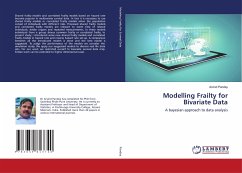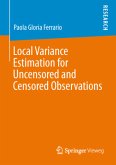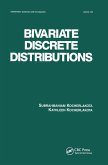Shared frailty models and correlated frailty models based on hazard rate become popular in multivariate survival data. In fact it is necessary to use shared frailty models or correlated frailty models when the population consist of individuals with different risks. Proposed shared frailty models and correlated frailty models are relevant to event time of related individuals, similar organs and repeated measurements. In these models individuals from a group shares common frailty or correlated frailty. In present study, i introduced some new shared frailty models and correlated frailty models in hazard rate and reverse hazard rate set-up. A comparison between all the introduced models is done and the best model is suggested. To judge the performance of the models we consider the simulation study. We apply our suggested models to dierent real life data sets. For our work we restricted ourself to bivariate survival data only. Similar work can be extended to higher dimensional cases
Bitte wählen Sie Ihr Anliegen aus.
Rechnungen
Retourenschein anfordern
Bestellstatus
Storno








